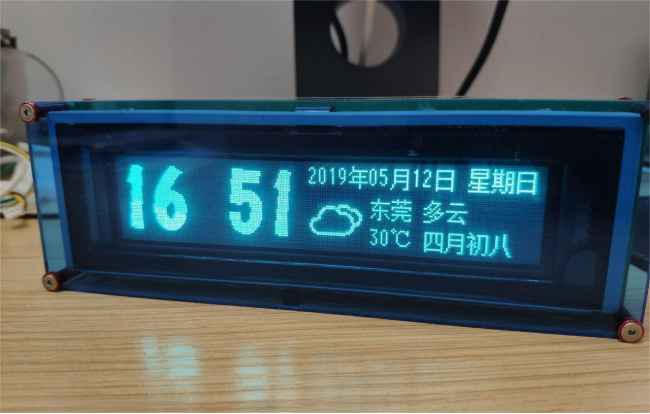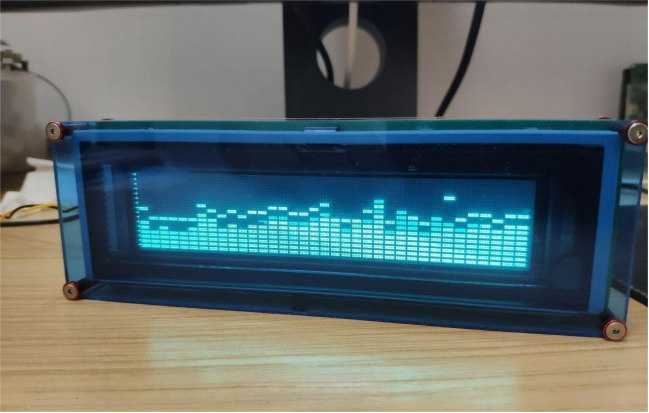
If you're interested in creating a music spectrum analyzer, this article is for you.
The display for the music spectrum utilizes a VFD screen from a dismantled Toyota Corolla car audio system, which is the preferred choice for spectrum displays.
Specifications:
1. Main Controller: The STM32F303CCT6, featuring an ARM M4 core with a single-precision floating-point unit, 256KB of FLASH, and 48KB of RAM to meet the needs for parsing weather JSON data.
2. Light Sensor: The BH1750FVI illuminance sensor is used for automatic brightness control of the screen.
3. Font Library: The Qualcomm GT3231M font library provides Chinese character glyphs.
4. Clock Chip: The DS3231M clock chip.
5. Flash Storage: The original ST M24M01 Flash chip is used for storing operating parameters; the 24C08 chip has proven to be unstable, so the M24M01 is chosen for its reliability.
6. Audio Isolation Amplifier: The BA3121 is employed to manage audio ground noise.
7. Operational Amplifier: The AD828AR is used to amplify the spectrum music signal.
8. VFD Filament Power Supply: A driving circuit composed of the MP2359 and LM9022 operates at approximately 30kHz.
9. VFD Gate High Voltage: The domestic DC-DC converter XL6007 provides a maximum voltage of 60V.
10. WiFi Module: The ESP-12E ESP8266 WiFi module is used to obtain weather and clock data.
The development environment consists of Keil 5.27 along with the official ST HAL library functions. Audio data is collected using ADC in DMA mode, and Fourier operations utilize the official ST DSP library functions, while some calculations in the spectrum display employ ARM DSP library functions. Operating parameters can be adjusted via an infrared remote control and PC-based upper-level software.







